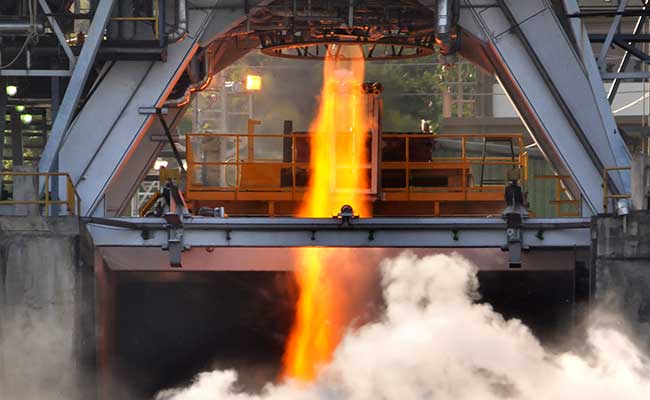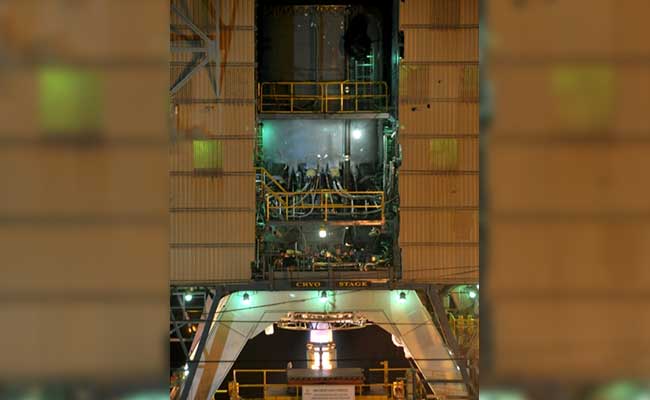
ISRO tested India's largest cryogenic engine which will power the GSLV Mark III rocket.
Quick Take
Summary is AI generated, newsroom reviewed.
ISRO tests engine for mammoth GSLV Mark III rocket
It can power rocket that carries 4-ton class satellite, heavier than PSLV
Engine developed after two decades of work, tech denied by Russia, US

ISRO's cryogenic engine for the GSLV creates a lot more thrust than the solid fuel-pwered PSLV.
This engine has been developed after two decades of hard work as the technology was denied to India by Russia under pressure from the US.

The engine takes in fuel at extremely cold temperatures and then burns it at several hundred degrees.
India's space programme received international acclaim after ISRO scientists pulled off an ambitious mission three years ago to send a probe to orbit Mars that succeeded at the first attempt - and at $74 million cost less than the Hollywood space film Gravity.
Track Latest News Live on NDTV.com and get news updates from India and around the world

